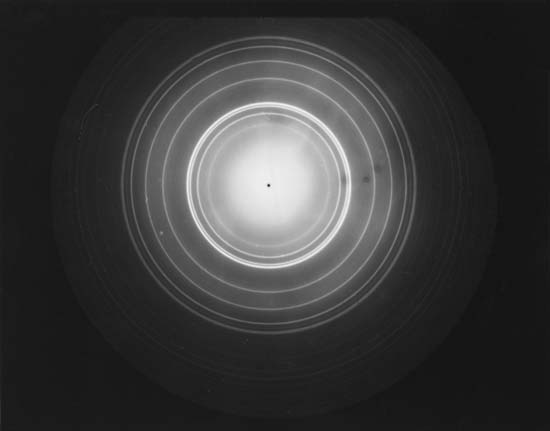
We observe formation of assemblies with dodecagonal quasicrystalline order in different binary nanoparticle systems: 13.4-nm Fe 2O 3 and 5-nm Au nanocrystals, 12.6-nm Fe 3O 4 and 4.7-nm Au nanocrystals, and 9-nm PbS and 3-nm Pd nanocrystals. Here we show that colloidal inorganic nanoparticles can self-assemble into binary aperiodic superlattices. Later, quasicrystals were discovered in soft matter, namely supramolecular structures of organic dendrimers 7 and tri-block copolymers 8, and micrometre-sized colloidal spheres have been arranged into quasicrystalline arrays by using intense laser beams that create quasi-periodic optical standing-wave patterns 9. Intermetallic compounds have been observed to form both metastable and energetically stabilized quasicrystals 1, 3, 5 quasicrystalline order has also been reported for the tantalum telluride phase with an approximate Ta 1.6Te composition 6. Quasicrystals permit symmetry operations forbidden in classical crystallography, for example five-, eight-, ten- and 12-fold rotations, yet have sharp diffraction peaks.

The discovery of quasicrystals in 1984 changed our view of ordered solids as periodic structures 1, 2 and introduced new long-range-ordered phases lacking any translational symmetry 3, 4, 5.


 0 kommentar(er)
0 kommentar(er)
